Structured cabling: what is it, what is it for and what are its regulations?
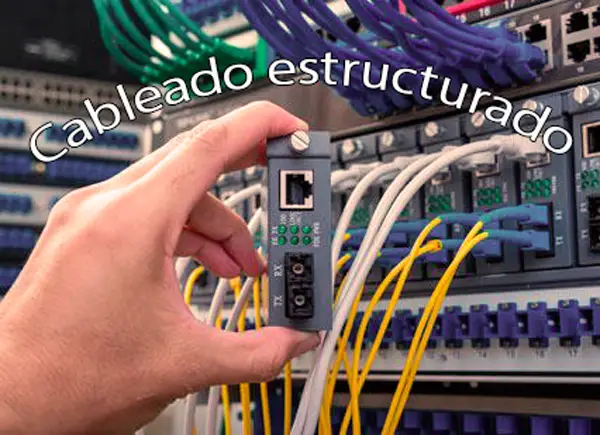
Structured cabling is usually the laying of cables that are inside a enclosure or building and that it is installed for the purpose of implementing a local network . Which consists of a system of connectors, cables, conduits and devices .
These cables are intended to be able to send different signals capable in order to establish a network connection. In addition, the installation of this wiring must meet some requirements , keep in mind that these depend on the place of residence.
In view of all this, here we are going to explain a little more what it is type of wiring and what is its main function , among other important factors. To do this, carefully follow each of the details that we will explain below:
What is structured cabling and what is it for in IT?

Structural cabling is a cable laying which is found at the inside a building in order to be able to implement a network connection, where its structure contains a combination of protected or unprotected twisted pair cables, in these cases it is SST and UTP . Sometimes they also contain cable coaxial and fiber optic, all these cables are capable of integrating data, video and voice .
In general, the use of this type of system makes it possible to establish and create telecommunications infrastructure inside an enclosure or building , thus offering easy installation. Among one of its main advantages we find that it is standardized, which gives it an advantage over providers and simpler growth.
This allows to install ce system without first knowing the product to use, because it is unified with the IT and communication systems of any company . It can be used for both clean areas and local networks.
According to this, the vast majority of current buildings must go through the creation of structural wiring inside, which will be part of their network and of their communication system. These systems which add to the infrastructure must be created in order to cover all needs for a period at less 20 to 25 year-olds .
What are the most important elements of a structured cabling system?
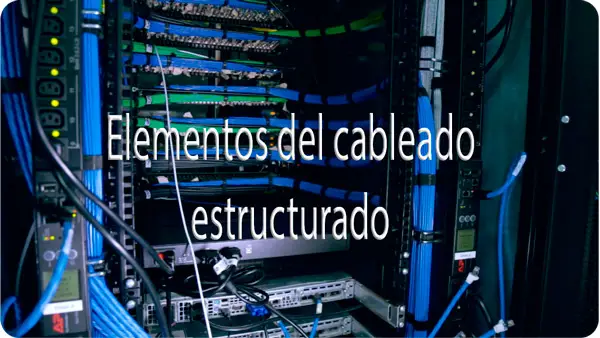
This system has fundamental elements for its development, in this case the horizontal and vertical cabling and telecommunications room. Next, we explain a little more about each of them.
Horizontal wiring
In this case, he is responsible for transporting or transmit floor distributor information to network users . It works according to EIA / TIA 568A standard , where it is also known as “Part of the telecommunications cabling system that extends from the work area to the main telecommunications room”.
It usually consists of a solid core who is in copper , this in order to prevent from twist or damage suffering . In addition, it is recommended to place it behind walls, thus preventing the public from coming into contact with it.
This type of horizontal cabling includes the following:
- Horizontal cables .
- Mechanical termination .
- Horizontal interconnections which must be located in the telecommunications room .
- Electrical outlets .
- Connectors in the work area.
- Transition cables and connectors installed between the exit of the work area and the main room.
- Patch panels and cables used to configure the cable connections in the main room.
Vertical cabling
It is also known as main or backbone wiring , and its main function is to create interconnections between the various equipment rooms, telecommunications rooms and service entrance rooms . It is usually made up of ascending cables, main and intermediate crossovers, patch cords for cross connections or mechanical terminations.
This vertical system is responsible for making the interconnection between the different telecommunications cabinets and technical room . However, this time, this vertical system is no longer as accessible or cheap that the structure used in the horizontal wiring . But, this makes it possible to achieve facilities independently for data and telephone.
Allowing an independent installation, it does not require a high service cost when you want replace backbone . Therefore, its modification turns out to be easier and cheaper for the inhabitants of the building.
The framework consists of the following elements:
- Back pipes can be both vertical and horizontal between the different floors of the building.
- It includes a cable transmission medium .
- He main and intermediate connection points crosses and mechanical terminations.
Telecommunications room
This room is created and intended only to what is hosting of all elements who compones the telecommunication system . In other words, you have to find there switches , as well as all centralized elements that circulate through horizontal sections to the workplace .
This space must have specific characteristics on which its functioning depends, as well as its duration. As a result, we show you here what are the main characteristics to take into account when creating this part:
- He must have a minimum height of 2,6 meters , which is most recommended.
- Room temperature must be between 18 and 24 ° C , especially if you have active material there.
- He must have a humidity between 30% and 50%, in case it is not filled, it must have a indoor humidity of 85%, but one temperature between 10 and 35 ° C
- Its location should not imply no type of risk , that is, it should not be in a space that could be flooded by a natural event, nor that he could have contact with water inside . In addition, it is recommended to create drainage channels in your soil .
- It must have a minimum of two sockets inside , one of them 110 V and the other 15 A, each must have a completely different circuit.
- These rooms should only be used to treat telecommunications systems, that is, there should be no installation that is not linked to it.
Standards for the creation of structured cabling How should this be done in Spain?

When guarantee of an infrastructure or the development of a project on cabling system , it is important that this one is based on a series of standards established by a legal body involved in the development of these systems.
Adherence to each of these standards and considerations will ensure that the operation and installation performance is correct and that his optimal development can be guaranteed . In addition, this will allow reduce the risks that may affect its operation.
Taking this into account, we explain bellow what are these rules to take into account when creating one of these systems:
ANSI/TIA/EIA-568-B
Telecommunications cabling in commercial buildings, general requirements TIA/EIA 568-B1, wiring components TIA/EIA 568-B2 mediating a twisted pair, fiber optic cabling component TIA/EIA 568-B3 .
ANSI/TIA/EIA-569-A
Telecommunications space and path standards in commercial buildings on how to route cables.
ANSI/TIA/EIA-570-A
"UPDATE ✅ Structured cabling is a cable system used to install a LAN network in a building ⭐ ENTER HERE ⭐ Learn more"
Standards residential and light commercial infrastructure telecommunications.
ANSI/TIA/EIA-606-A
Standard infrastructure management in commercial buildings.
ANSI/TIA/EIA-607
Requirement for the installation of a grounding system for telecommunications in commercial buildings.
ANSI/TIA/EIA-758
Standard client-owner of installation wiring outdoor .
What does it take to create a cable system for a LAN?
You may be interested in the possibility of create a cable system for what a LAN is , in that case you can do it as long as you know what it is system and how it works .
Once that is clear, you can follow the steps which we will teach you below:
Collect information
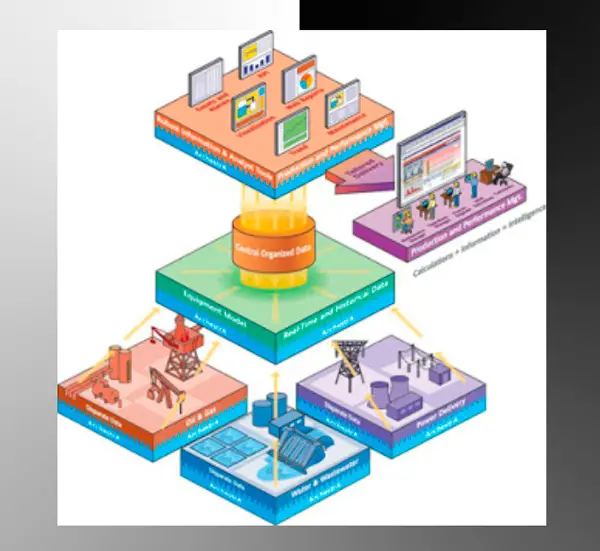
In this first process, you must collect all the necessary information that you are going to use to be able to work with the network. Therefore, if it is a residential building, you must take into account a database on inhabitants, apartments and other factors involved.
Planning
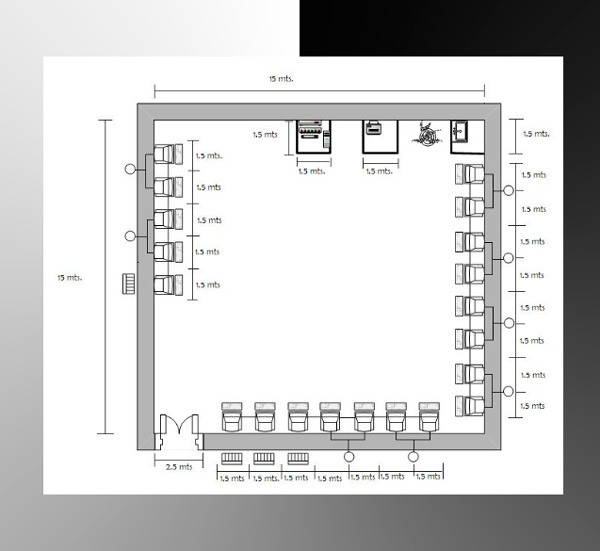
Once you have set the previous point, the next thing to do will be to develop a plan that will help you take decisions . In this case, you must carry out testing foreplay on the structured cabling , where you will find the steps of location, design and price of all the implementations and resources to use.
It is important that when acquiring the necessary equipment, a standard or model be established in order by avoid structural and functional accidents .
Negotiation

Keep in mind that when driving legal affairs , certain parameters must be established for avoid problems in the future . Keep in mind that these parameters are directly related to the scale in which the network is located, because if it is a small network, it does not require a lot of procedures. But, in the case of a more advanced network , technical certifications are necessary to guarantee its effectiveness .
Installation

Once all the previous steps have been completed, the installation must continue , because this will allow this process to be a lot more secure and reliable.
Quality Control
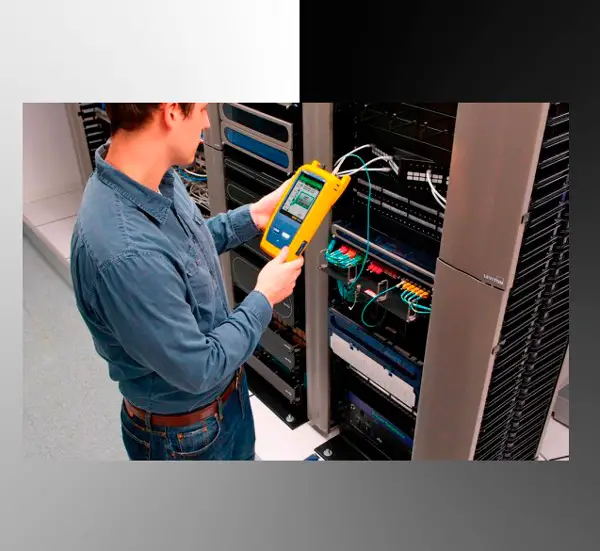
Once structured cabling terminé , it is important to check its operation. This will help to know if there are any problems structural and functional . Once all of this has been verified, these issues should not affect the structural wiring during operation.
Documentation
Once all of the above has been done and finally, it is important to make a detailed system status report , this to have a basis of the current operation by report on possible failures that may occur in the future.
The most desirable thing is to list each of the possible failures so that you can later than review the document and solve them . It is important to ensure that the system is safe and reliable in order to guarantee its quality.
If you have any questions, please leave them in the comments, we will get back to you as soon as possible, and it will be a great help for more community members as well. Thank you!




